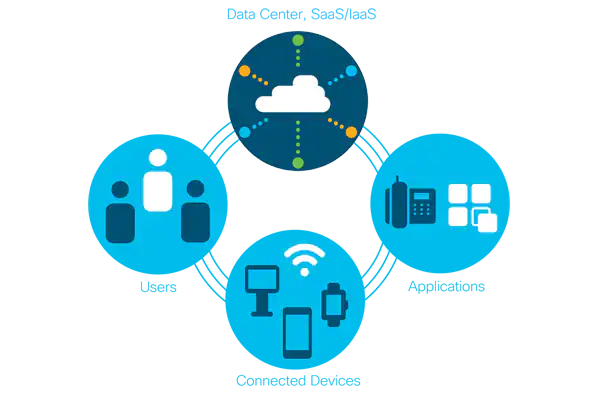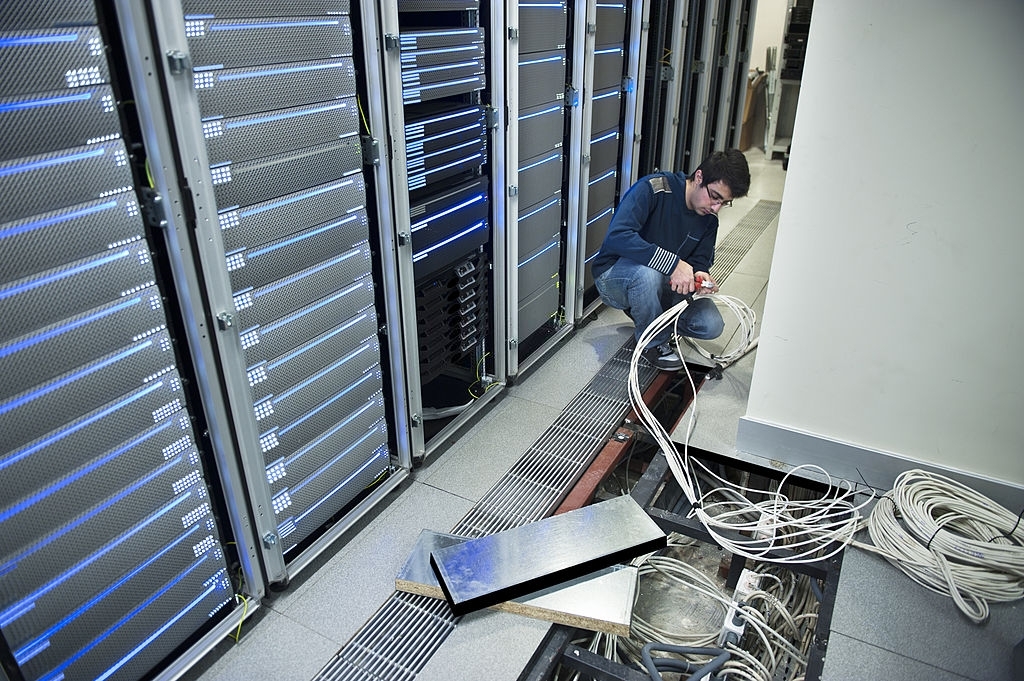Connectivity

What is SD-WAN?
SD-WAN combines a combination of hardware, software, and cloud-based technologies to ease the delivery of network services to diverse physical sites as the IT environment continues to evolve fast. As a consequence, all team members, regardless of location, have complete and seamless network connectivity.

Why switch to SD-WAN?
An SD-WAN improves a company's network's visibility and scalability, allowing it to expand more readily. It can also program and monitor a whole network, which increases performance and control. MPLS is frequently more expensive than an SD-WAN or even a public internet network. This is due to higher-cost connections and bandwidth penalties for failing to achieve certain standards. Users may customize each network line using an SD-WAN to acquire the most cost-effective alternatives for their needs without having to pay extra fees or change their equipment.

Internet Services
We made the Internet available to Australian institutions on a permanent basis for the first time. In June 1989, Pegasus Networks became Australia's first public Internet service. Soon after, the first commercial dial-up Internet Service Provider (ISP) debuted in major cities, and by the mid-1990s, practically the whole country had a variety of dial-up ISPs to choose from. The Internet may now be accessed by a variety of technologies, including hybrid fibre coaxial cable, digital subscriber line (DSL), Integrated Services Digital Network (ISDN), and satellite Internet. The National Broadband Network was launched in July 2009 by the federal government in collaboration with the private sector to provide statewide fibre-to-the-premises (FTTP) and better fixed wireless and satellite connectivity. As a result, the rollout was lowered to a Multi-Technology Mix, which promised to be less expensive and complete sooner.

What is fibre internet?
Fibre broadband is delivered using cables that run from a central node in the neighbourhood to a building. These cables are made up of a combination of optical fibre and coaxial cables. Our fibre broadband connection uses one of three technologies: Fibre to the Premises (FTTP), Fibre to the Building (FTTB), Hybrid Fibre Coaxial (HFC).The technology installed in your area determines which option is available to you. Eventually, the Australian Government plans to replace all fibre broadband with NBN™ across Australia.

How fast is fibre internet?
If you're on the fastest fibre broadband package, download speeds can exceed 100 Mbps and upload speeds can reach 40 Mbps. Because the typical MP3 file size is around 4 MB, this is actually rather quick. The file would take roughly 11.92 seconds to download at 100 Mbps. However, your plan's speed is determined by factors other than the plan you select. Congestion (peak hours are 7 p.m. to 11 p.m.), your location, and your provider all have an influence. Unlimited data is included in all of our fibre broadband plans.

What is Business NBN ??
The National Broadband Network (NBN) is a wholesale open-access data network in Australia. It consists of wired and radio communication components that are installed and maintained by NBN Co (also known as nbn), a publicly-owned company. Internet service providers, also known as "retail service providers" or RSPs under the NBN, contract with the company to get access to the data network and sell fixed Internet access to customers. This nationwide telecommunications infrastructure project was justified by the need to replace an aging copper cable telephony network and meet the fast expanding demand for Internet access. Wired connections would have offered up to 100 Mbit/s (later up to 1000 Mbit/s) as suggested by the Rudd Government in 2009, but were reduced to a minimum of 25 Mbit/s in 2013 when the Abbott Government was elected.

7 days per week support
You will never talk to an offshore contact center since you will receive support from professionals locally in Australia when you need it.

No excess data charges
Excess data costs are not charged on any of our plans because no one enjoys unpleasant surprises.

Fast, easy setup
With step-by-step instructions, you'll be able to set up your new connection quickly and easily.
